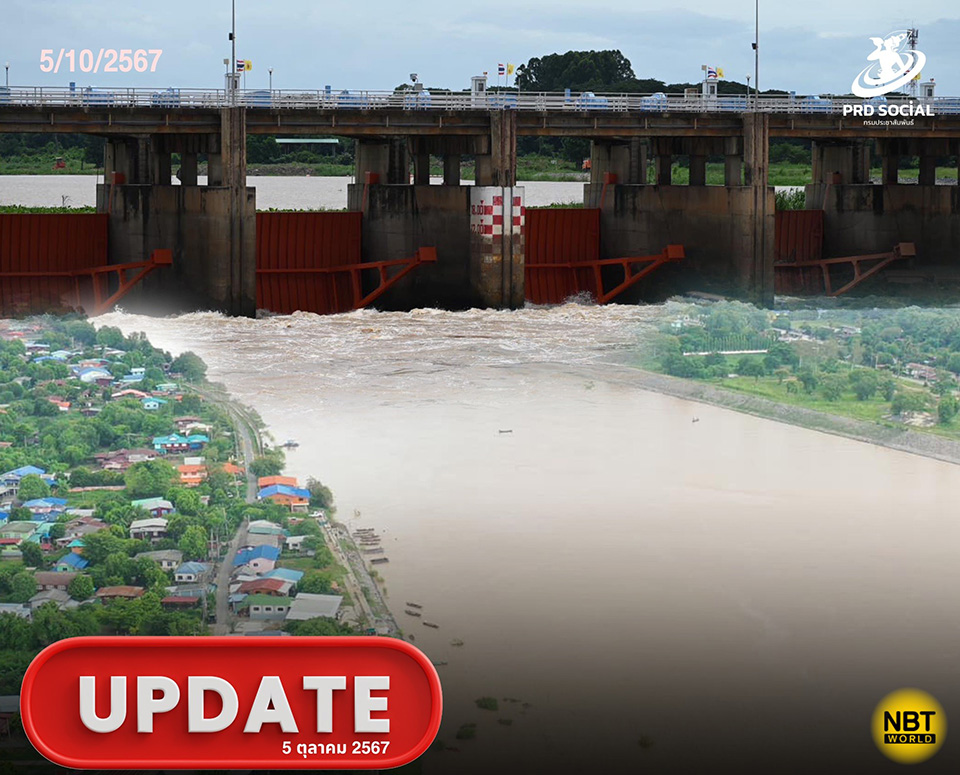
BANGKOK, Thailand – The Royal Irrigation Department (RID) has provided an update on the water situation in the Chao Phraya River Basin as of 7:00 a.m. on Saturday, with increased water flow prompting adjustments at Chao Phraya Dam. The water flow at C.2 Station in Nakhon Sawan was recorded at 2,367 cubic meters per second, along with an additional 160 cubic meters per second from the Sakae Krang River in Uthai Thani province. The current discharge rate Chao Phraya Dam is 1,999 cubic meters per second, and the upstream water level stands at +16.83 meters above mean sea level.
The department announced that starting from noon on Saturday, the discharge rate will gradually increase to 2,050 cubic meters per second by 3:00 p.m. and will be maintained at that level. This follows the issuance of a forecast yesterday predicting a continued rise in water flow, which may necessitate further increases in discharge up to 2,400 cubic meters per second. As a result, water levels in low-lying areas outside of flood barriers are expected to rise by 0.60-0.70 meters, potentially affecting communities in Ang Thong, Ayutthaya, Sing Buri, and Chai Nat provinces.
Residents in these areas are being urged to remain vigilant and closely monitor updates from the Royal Irrigation Department and the Meteorological Department. Those living in flood-prone areas should consider moving valuables, livestock, and farming equipment to safer locations. Preparations for possible evacuations are recommended, including having essential supplies such as food, water, medicines, and important documents ready for quick relocation.
Households near the riverbanks are advised to set up flood barriers such as sandbags and take necessary precautions with electrical equipment to avoid the risk of short circuits. The authorities are continuing to monitor the situation closely and will provide further guidance as needed to safeguard affected communities. (NNT)








